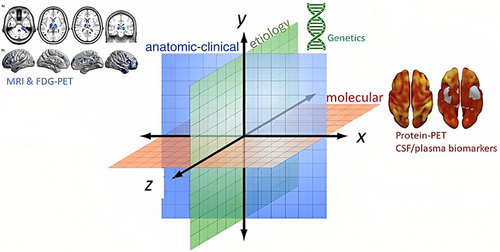Background:
Identifying neuropsychiatric disorders is essential for prompt treatment to reduce morbidity. Among these disorders, anxiety and depression have been frequently associated with Parkinson disease (PD), particularly among elderly population.
Objective:
The objective of this study is to determine the prevalence of anxiety and depression in a series of community-based PD cases in Spain, their relationship with different clinical and sociodemographic characteristics, and quality of life.
Methods:
This is an observational, descriptive, survey-based study with 95 community-based patients with PD diagnosis at different disease stages. Anxiety and depression were assessed using the State-Trait Anxiety Inventory and the Beck Depression Inventory II, respectively. Quality of life was assessed using the Parkinson’s Disease Questionnaire 39.
Results:
The prevalence of depression and anxiety was 32.63% and 68.42%, respectively. Concomitant depression and anxiety were observed in 31.58% of patients. Patients with longer than 10 years’ PD duration had an increased risk of depression. We found a relationship between the presence of anxiety, depression, and the patient’s quality of life.
Conclusions:
Depression is present in one-third and anxiety in two-thirds of PD cases in community settings in Spain. Depression and anxiety have a very negative impact on quality of life in PD. Both anxiety and depression are independent from sociodemographic characteristics, patient’s comorbidities, or antiparkinsonian treatments; presenting as intrinsic symptoms in PD.
Full text https://doi.org/10.1177/0891988719874130

